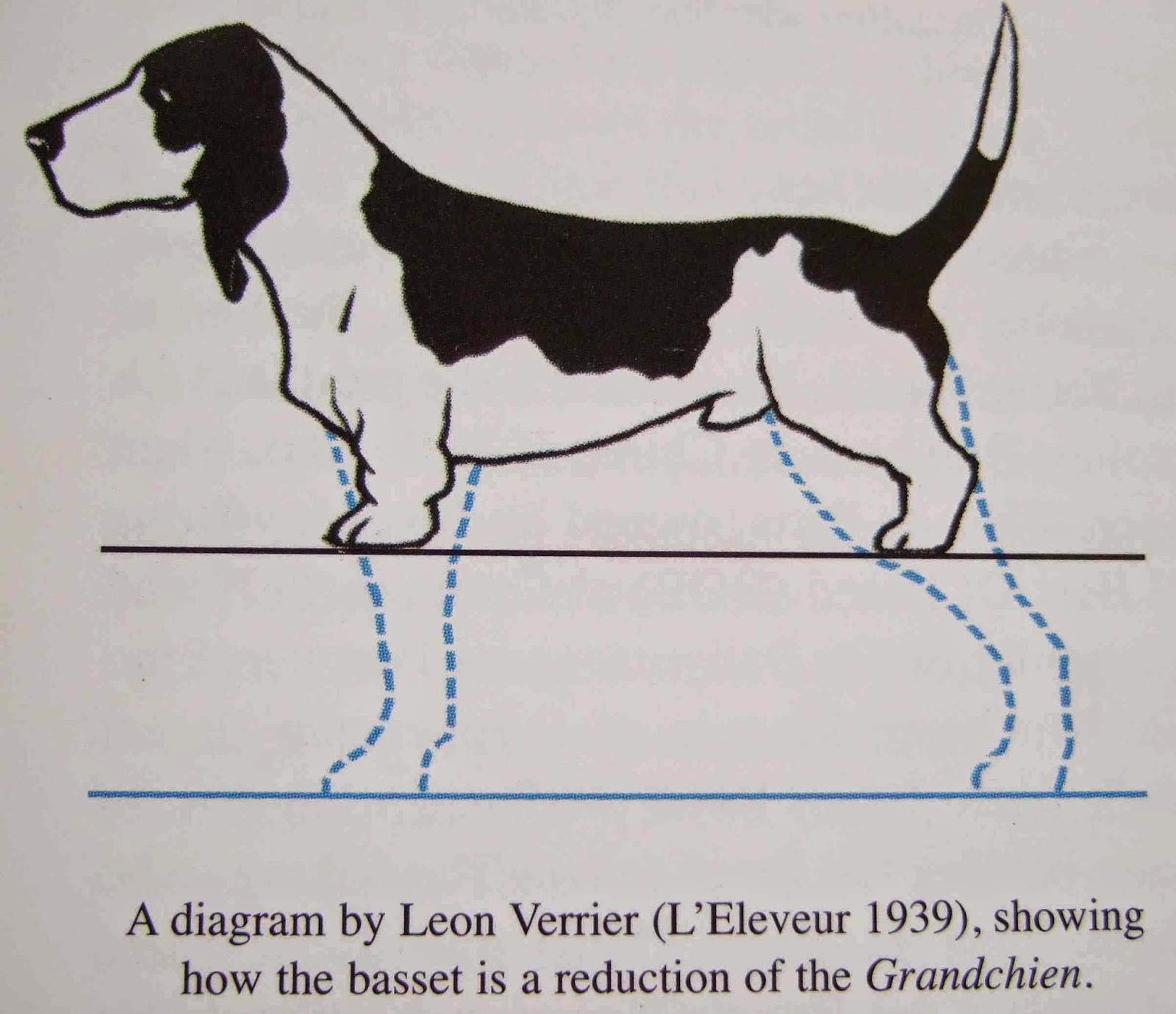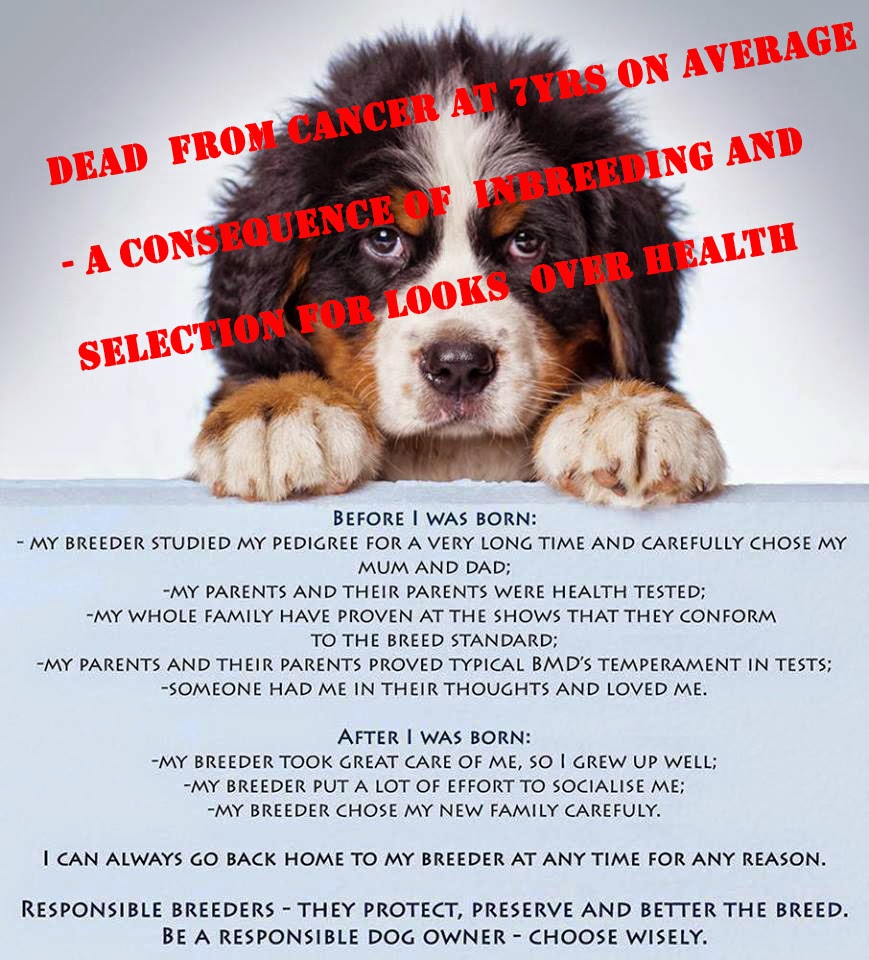Rami, who is in rescue and looking for a new home through Moulrie Colquitt County Humane Society, prompted mostly outrage.
Here's a selection of responses from people who presumed Rami had been bred deliberately (something that is not, in fact, known).
"Sadly I don't believe this example will be unique and others will be finding other such sad (in so many senses of the word) ways of abusing man's best friend (seems the compliment is not returned by some). Don't suppose the people who breed such ' mutants' will be needing a 'breed standard'"
"Who ever bred that should be shot!"
"Hideous"
"Disgusting"
"Are you suggesting this dog might have a form of dwarfism... breeding dogs with such even underlying genetic conditions is not very helpful."
"Soo sad this is why I hate cross breeding so much"
"... disgrace of a dog in the vision of another shitty breeder"
So here's the challenge... Could anyone tell me why it is OK to be shocked by Rami and not, say, by this dog?
Or how about this one?
The shock of Rami is that the breeding - whether on purpose or an accident - has disabled the Pitbull; that in removing its legs, in turning into a dwarf, it has destroyed a dog celebrated for its fitness and athleticism.
When we see this anew, it is genuinely troubling.
But what on earth do you think a Basset Hound is if not exactly the same beast? Indeed, the Basset textbooks make no secret of this.
You think it makes it OK because one had a pedigree and the other doesn't?
Not to the dog!
So the answer to the question in the headline above is "yes". But the same applies to every dwarf dog, purebred or otherwise.
So the answer to the question in the headline above is "yes". But the same applies to every dwarf dog, purebred or otherwise.







